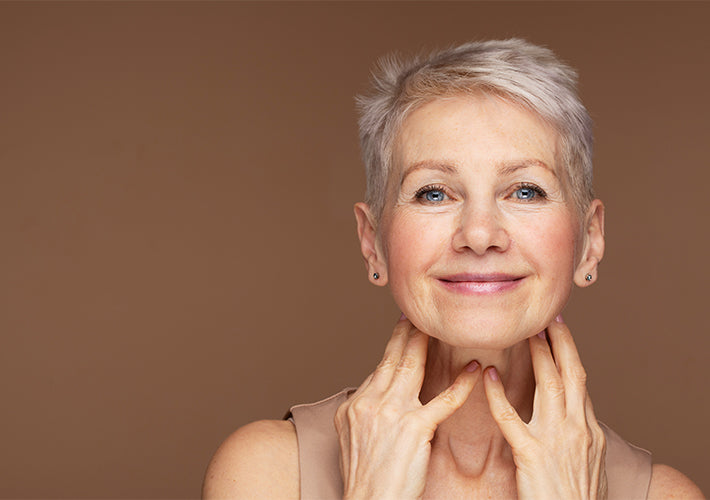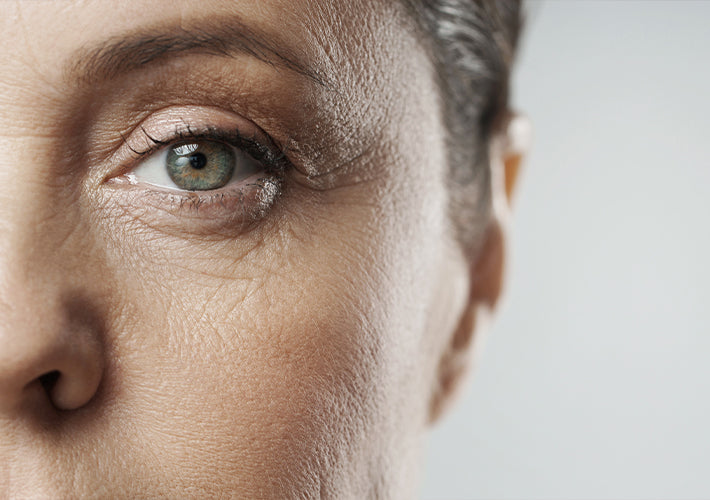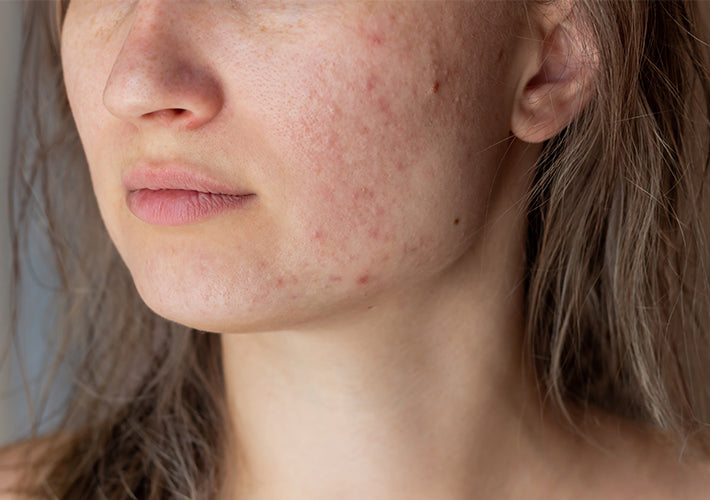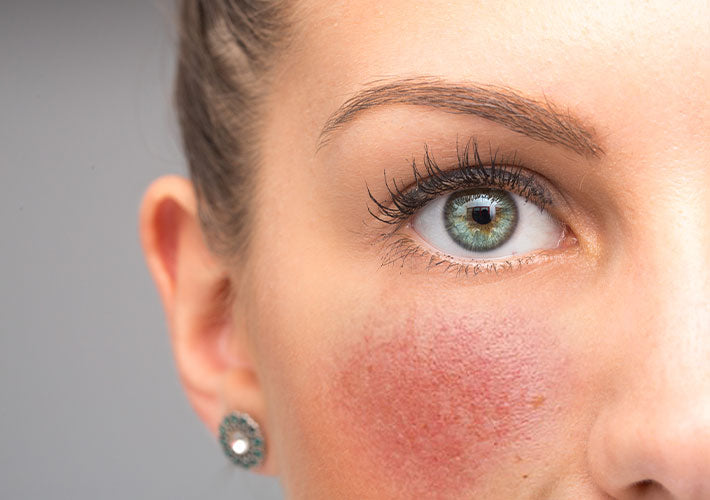Blog — Science

Sleep Effects on Skin
Posted by Terri Wojak on
Sleep is crucial for our bodies, including skin, to regenerate and repair. We have a circadian rhythm, a 24-hour period responsible for biological cycles. It is like an internal clock that regulates the wake and sleep sequences of the body. This internal clock is responsible for keeping the body’s hormone levels balanced. For example, melatonin is one hormone that increases at night signaling us to go to sleep. Continuous lack of sleep not only shows on the skin, but has been linked to aging, cancer, diabetes, obesity and immune and mood disorders. The medical community generally agrees that getting seven to nine hours of sleep a...
- Tags: Great Skin Habits, Science

Accelerated Aging
Posted by Terri Wojak on
Have you ever wondered how accelerated aging occurs? There are several processes that happen with intrinsic aging including a slower cell turnover, lack of collagen and elastin, less oil production, and loss of subcutaneous fat to name a few. These age-related occurrences are accelerated by external factors, leaving the look of dull, fatigued, dry, wrinkled skin. Following, are a few reactions that occur on a cellular level resulting in accelerated aging. Reactive Oxygen Species (ROS) Reactive oxygen species, or ROS, a type of free radical, are probably the most discussed contributing factor to aging skin. It is well known that...
- Tags: Great Skin Habits, Science, Skincare

Aging Eyes
Posted by Terri Wojak on
Many people have caught on to how important playing up their eyes can be—after all, the eyes are known as the focal point of the face. Unfortunately, the eyes are often the first area to show signs of aging due to the difference in skin structure. The skin surrounding the eyes is up to ten times thinner compared to other areas of the face. The thinner skin around the eyes not only provides less support, but it also makes imperfections including dark circles, puffiness, fine lines and wrinkles more noticeable. There are several methods that can be used to aesthetically enhance the eye area, including...
- Tags: Great Skin Habits, Science, Skincare

Truths and Myths about Cleansing and Acne
Posted by Terri Wojak on
Cleansing the skin is an essential part of a skin care regimen for all skin types and conditions; using the right product is equally important. Clients suffering from acne may not be cleansing properly, which could be due to the various advertisements promoting harsh cleansers and tools that could cause more harm than good. The following are five common myths and truths associated with acne-prone skin and cleansing. Myth: Cleansing several times a day is necessary for oily skin.Truth: Over -cleansing can strip the skin of its acid mantle, our natural occlusive barrier, leaving it dry and exposed to external irritants....
- Tags: problematic skin, Science, Skincare

The Realities Of And Recommendations For Rosacea
Posted by Terri Wojak on
Rosacea is a vascular disorder of the skin characterized by flushing, erythema, and telangiectasia. The visual side effects are typically prominent on the central face, including the nose, cheeks, eyelids, and forehead. Other clinical considerations in rosacea include papules and/or nodules that can lead to scarring. The one thing that all forms of rosacea have in common is chronic poor vascular hemostasis (blood coagulation). This leads to leaky vessels, pooling of blood, delayed removal of inflammatory mediators, and persistent perivascular inflammation. Prolonged inflammation leads to the formation of fibrous tissue and thickening of the skin which are characteristics of phymatous...
